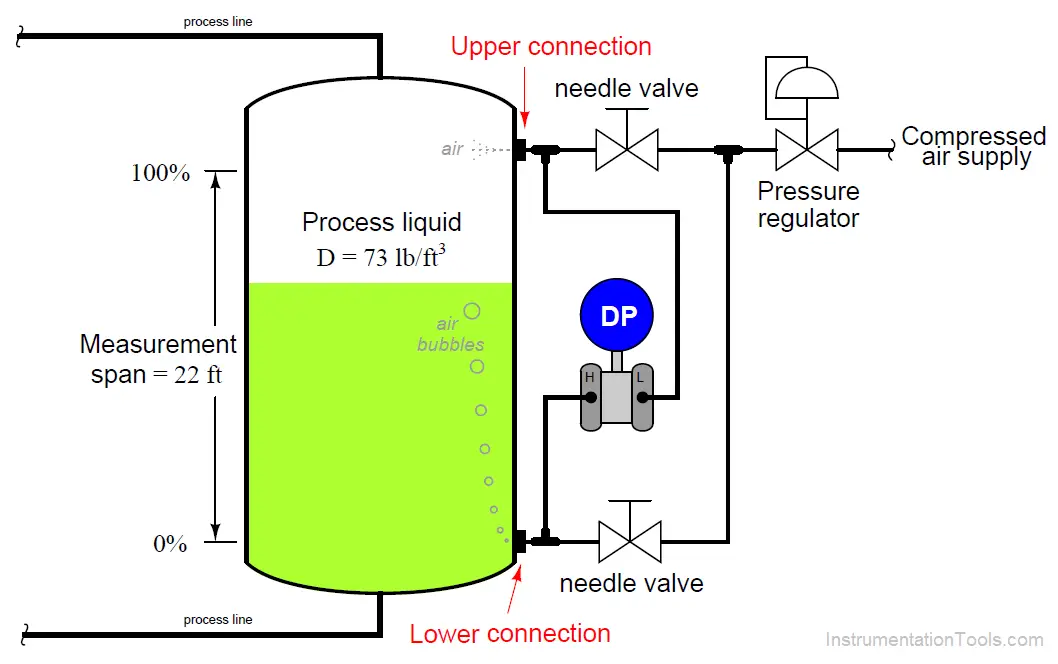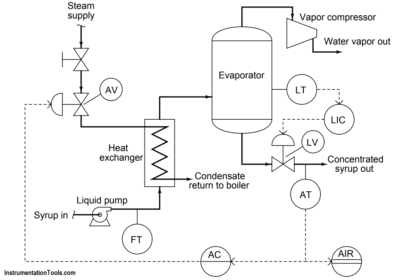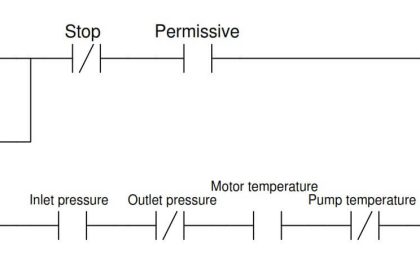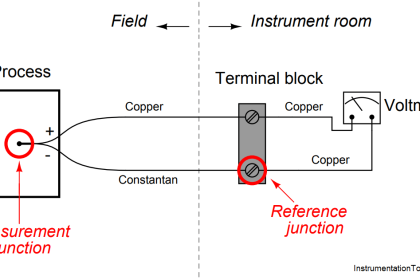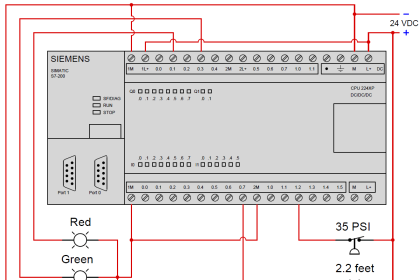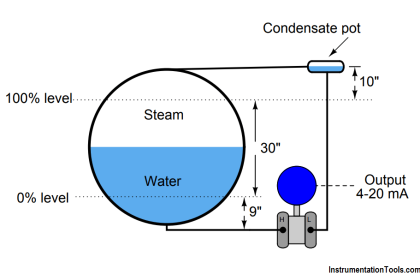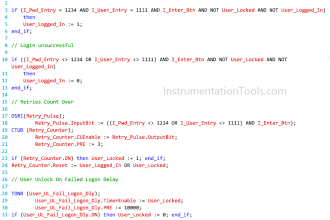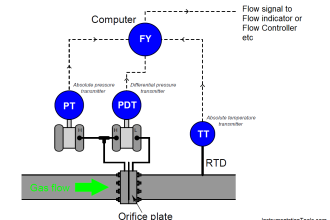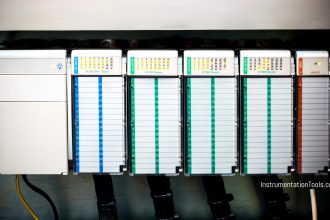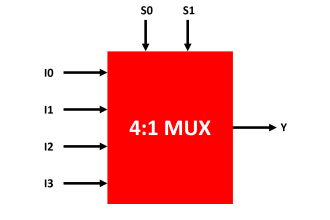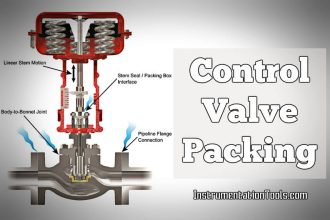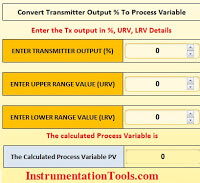Purge systems may be used to detect hydrostatic pressure in a vessel even when there is no dip tube.
For example, in this level measurement system, compressed air is used as a purge medium directly into the vessel where the transmitter tubing connects:
Purge Type Level Transmitter
First, calculate the appropriate calibration range for the DP transmitter in this application.
Next, explain what would happen to the transmitter’s output if the lower connection to the process vessel became plugged by debris (despite the cleaning action of the compressed air flowing through it). Alternatively, what if only the upper connection became plugged?
Answer:
DP range = 0 to 308.8 ”WC = 0 to 11.15 PSID
If the lower process connection were blocked by debris, the transmitter’s output signal would increase, quite possibly to a magnitude greater than 100%. Just the opposite would happen if the upper process connection plugged.
Also Read: Purge Level Measurement Principle
More Questions:
1. Why would anyone choose to continuously purge the nozzles of a hydrostatic level transmitter when they could have easily chosen remote seals (diaphragms)?
2. Is air always a safe purge fluid to use? If not, what are some valid alternatives?
3. Suppose a slug of process liquid were to find its way into the “H” side impulse line leading up to the DP transmitter. How would this bit of liquid affect the transmitter’s accuracy?
4. Suppose a slug of process liquid were to find its way into the “L” side impulse line leading down to the DP transmitter. How would this bit of liquid affect the transmitter’s accuracy?
Share your answers with us through below comments section.
Read Next:
- Instrument Hook Up Diagram
- Instrumentation and Control MCQ
- Pressure Gauge Datasheet
- Temperature Controller Problem
- Pressure Measurement MCQ
Credits: Tony R. Kuphaldt
